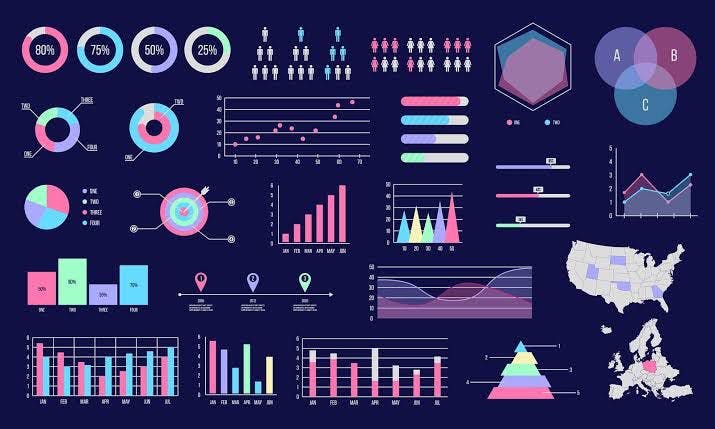Introduction
Have you ever seen someone who tells a $10 story like it’s a $1000? 😊
In the words of David Kalt, CEO of Reverb.com, “An abundance of good candidates possess the technical skills to work with data. The difficult part is finding candidates that have the ability to demystify the data they’ve pulled and create an easy-to-understand and actionable narrative from it.”
Data analytics professionals and intending professionals often get all busy with technical skills, programming skills and analytical skills that they tend to underplay the importance of effective communication.
It is never enough to know a solution to a problem, one must be able to communicate this solution to others in the team for effective implementation.
Working as a Data Analyst isn’t a solo role, a successful Data analyst is a team player, and thus should be able to carry other non-technical team members along via communication.
Effective Communication is a Game Changer
Let’s say, I have a solution in my head, or even on my report dashboard. All these do not mean anything if I am not able to communicate my proposed solution to stakeholders in a comprehensive way.
That’s not to say that Data Analysts should be teaching mathematics and programming to executives. On the contrary, the magic is to take away technical details and share only the information executives can use.
It’s no surprise that decision makers, stakeholders, investors, or even your Boss want information that is easy to understand. Who doesn’t?
Life isn’t complicated , don’t try to make it complicated .😊😊
I understand that Overcoming the gap in communication style between executives and data analysts is challenging, especially when you have too many numbers to deal with; but it is achievable.
You have to become intentional about how to speak, what to say or not say, and most importantly speak the audience’s language.
How you should do it
One might say that speaking ‘quantitative’ and ‘qualitative’ can cause confusion on both sides. ” I know you’re probably thinking of how to relate those values to real life situations.
Listening is all important
To be great at communication, one must first learn the act of listening. That means not only listening patiently and carefully when management explains its concerns or business problems, but also asking the right questions to refine your understanding of the problem and the challenges that surround it.
“Most people do not listen with the intent to understand; they listen with the intent to reply." --Stephen R. Covey
As a business analyst, it is required that you listen carefully to understand what the problem is, what the stakeholders desire and of course what resources are Available for implementation.
When experts talk about making analytics easy to understand, they often emphasize the end of the process, the sharing of final results with clients.
No matter how good and accurate your analysis might be, it has no impact without effective communication.
Aside from the act of good listening, A Data Analyst must go beyond the data sets.
That means seeking out information sources beyond the data set. Library research, conversations with subject matter experts and studying past projects done by your peers can help you better understand the significance of any problem in a business context.
Talk is cheap. Anyone can analyze data, what sets you apart is your ability to turn insights generated from data sets into actionable plans.
Facts are facts, but your client may not know just what to do with the facts you present. Developing a process that supports data-driven decision making calls for input from both executives and the analytics team.
The true value of big data comes from the analysis and interpretation of the numbers. If you can’t analyze the numbers to gain insight, they become meaningless.
Data visualization helps to quickly and clearly tell the story that the numbers represent.

In conclusion…
An effective data analysis process and communication must:
Be tailored for the audience
Set up a clear framework to ensure everyone is on a common ground when interpreting the numbers
*Tell a story
*Contain Actionable plan for execution
